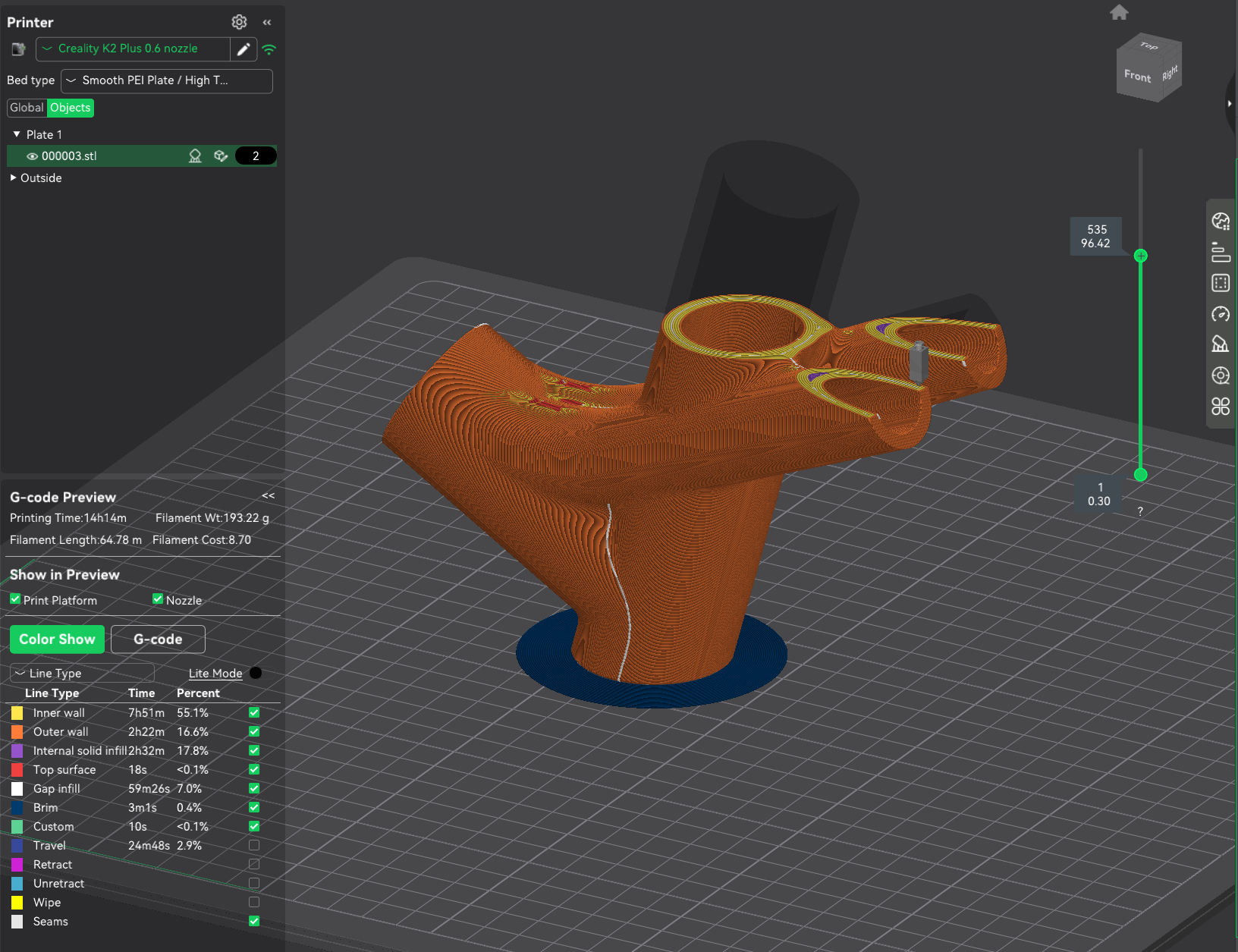Today was all about getting organized. We ordered a sample bike (arriving next week) and a bottom bracket adapter (arriving tomorrow). Which means: perfect moment to set up a proper task list. And since there’s nothing secret about it, why not make the task list public? Fun for whoever happens to be lurking. 😏 So I figured: let’s publish the list straight from Obsidian to Hugo, Kanban-style. To do that, I built a shortcode that converts Obsidian markdown into Hugo-ready HTML with Kanban formatting. Not sure if someone already did this, but just in case, here’s the gist of how:
- Export your Obsidian Kanban board as markdown.
- Create a shortcode in Hugo to fetch that file.
- Let the shortcode parse the markdown and render it in Kanban style.
- Boom – instant online task board.
And yep, it’s online now – tucked behind a client-side password (which is easy to bypass, but hey, keeps things fun). 😅
👉 Tasks onlineAs you can see: lots left to do.
💸 Breaking down the cost of a 3D-printed frame
Random thought of the day: how much would a 3D-printed bike frame cost? Time for some number crunching. 🧵 Filament (PA12CF)
- 1 kg spool: €89.50
- Seat lug: 193 g
- Multiply ×3 (seat lug + bottom bracket + steerer post)
= ~€51 📐 NVision profiles - 3 × 40 mm (1.5 m): €32.63
- 1 × 25 mm (1 m): €3.75
= €36.3 ⚙️ Bottom bracket adapter: €22.5 🧮 Total: €109.9
👉 Which means: a full-on bike frame for under €110 in raw materials. (Blood, sweat, and swear words not included.)